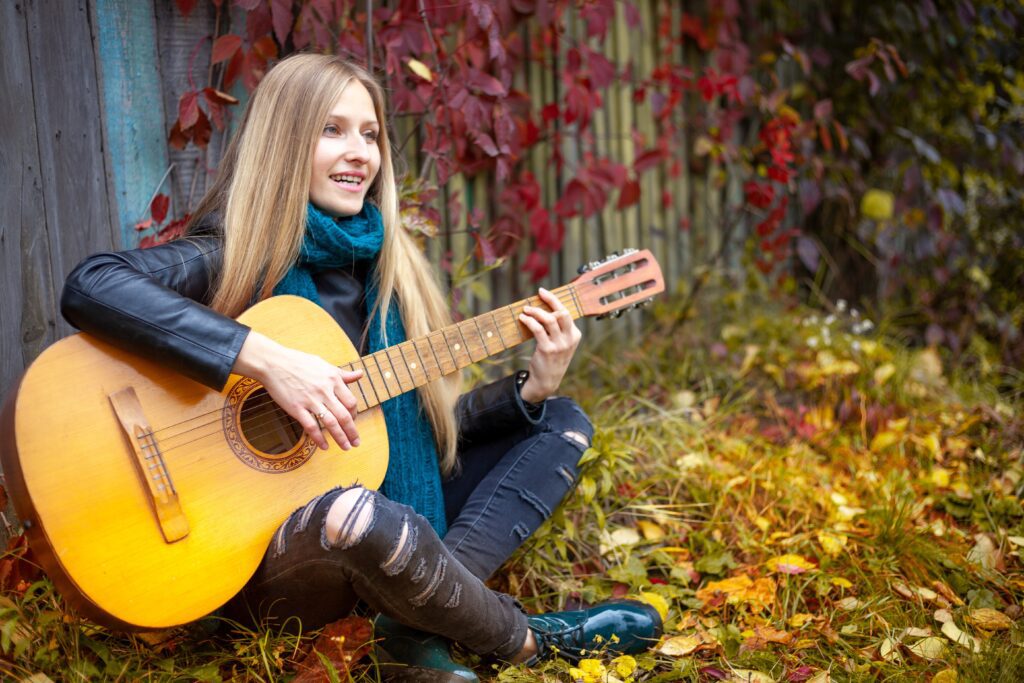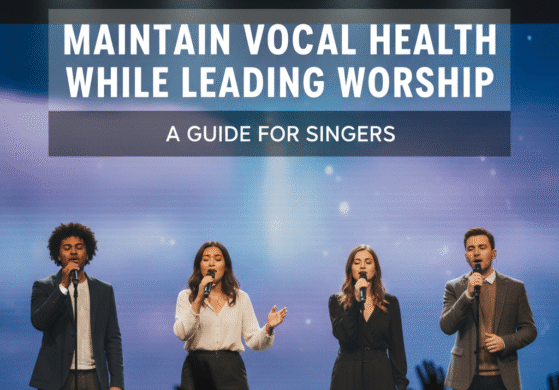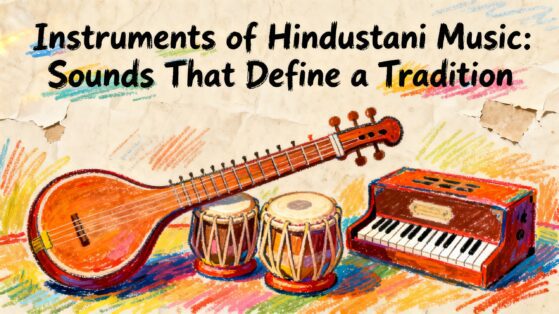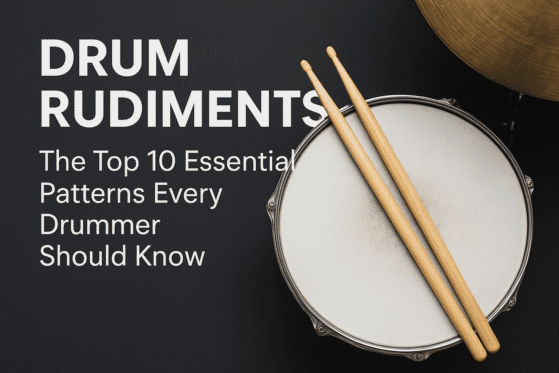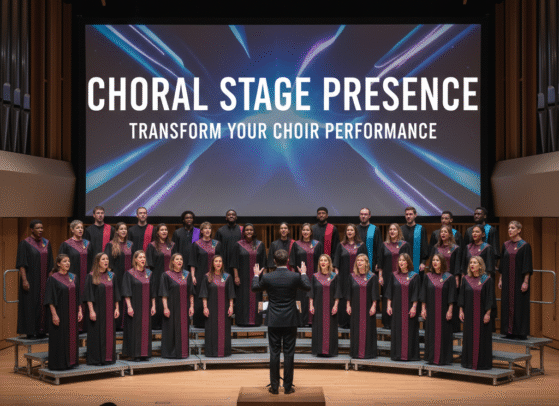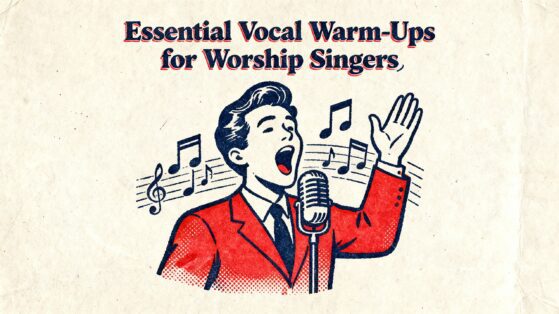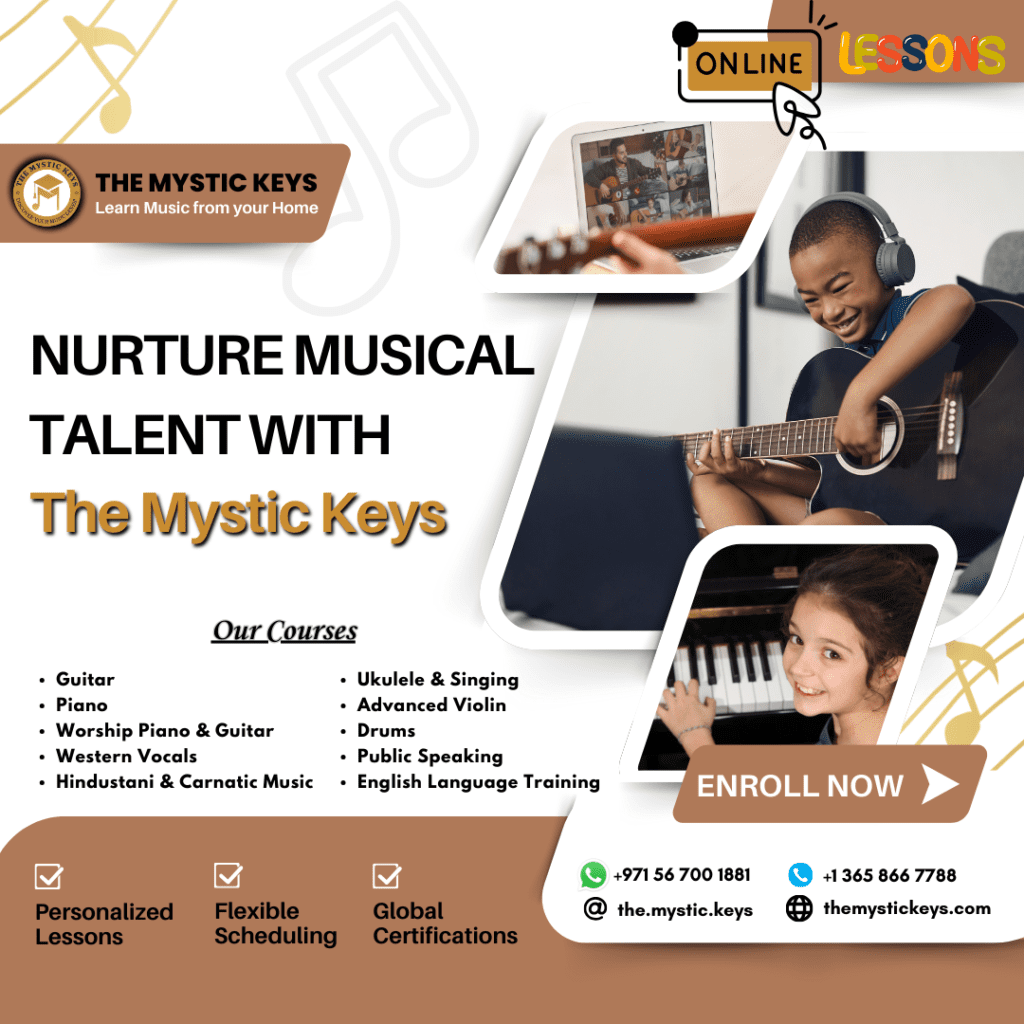Songs That Celebrate Thankfulness
Music has always been a language of emotion — a way to express what words alone cannot. Among its most beautiful expressions are songs that celebrate thankfulness. These melodies remind us to pause, reflect, and appreciate the blessings that surround us every day. Whether it’s gratitude for family, friends, or the simple joys of life, thankful music has the power to uplift spirits and strengthen connections. At The Mystic Keys, we believe that cultivating gratitude through music helps students not only grow as musicians but also as compassionate human beings.

1. The Emotional Essence of Thankfulness in Music
Music and gratitude are two universal languages of emotion. When they merge, they produce a harmony that resonates deep within us. Listening to music that expresses appreciation activates the limbic system — the emotional center of the brain — helping us experience empathy, calm, and joy.
According to the Greater Good Science Center at UC Berkeley gratitude practices such as journaling, reflection, or music engagement can reduce stress hormones and strengthen mental resilience. This is why songs that celebrate thankfulness often leave us feeling both peaceful and inspired.
At The Mystic Keys, we integrate gratitude-focused learning into our musical education programs. We encourage students to understand why a piece was written and what emotion it conveys — creating not just skilled players, but emotionally aware musicians.

2. How Songs Express Thankfulness
Songs that celebrate gratitude come in many forms — gospel hymns, folk tunes, pop ballads, or instrumental compositions. But they all share one thing: sincerity.
Some express thankfulness for love and friendship; others for faith, nature, or life itself. Musicians often use major keys, gentle tempos, and soothing harmonies to communicate warmth and optimism.
For instance:
- Rita Ora’s “Grateful” blends modern pop with emotional honesty, reminding us that even challenges can make us stronger.
- Louis Armstrong’s “What a Wonderful World” is a timeless reminder to appreciate the beauty around us.
- Natalie Merchant’s “Kind and Generous” radiates gratitude for the people who make life brighter.
- Alanis Morissette’s “Thank U” transforms pain into appreciation, expressing gratitude even for life’s difficult lessons.
- Kelly Clarkson’s “Thankful” highlights the simple joy of recognizing one’s blessings.
Each of these songs invites listeners to reflect on what they value most — a habit that can transform perspective, mood, and well-being.

3. The Science Behind Gratitude and Music
There’s real science behind why gratitude-based music feels so good. Studies in music therapy reveal that listening to or performing uplifting songs increases levels of dopamine and serotonin — neurotransmitters that enhance happiness and motivation.
Moreover, when musicians intentionally focus on gratitude, their brain’s reward centers become more active. This leads to improved creativity, concentration, and emotional expression.
At The Mystic Keys, we’ve observed that students who practice gratitude before playing perform with greater confidence and emotional depth. It’s not just about hitting the right notes — it’s about understanding the meaning behind them.
Key takeaways:
- Gratitude enhances emotional awareness and focus.
- Music amplifies the feeling of appreciation through melody and rhythm.
- Combining both creates a sense of inner peace that benefits mental health.
For more on the connection between emotion and sound, you can explore Psychology Today’s article on The Healing Power of Gratitude
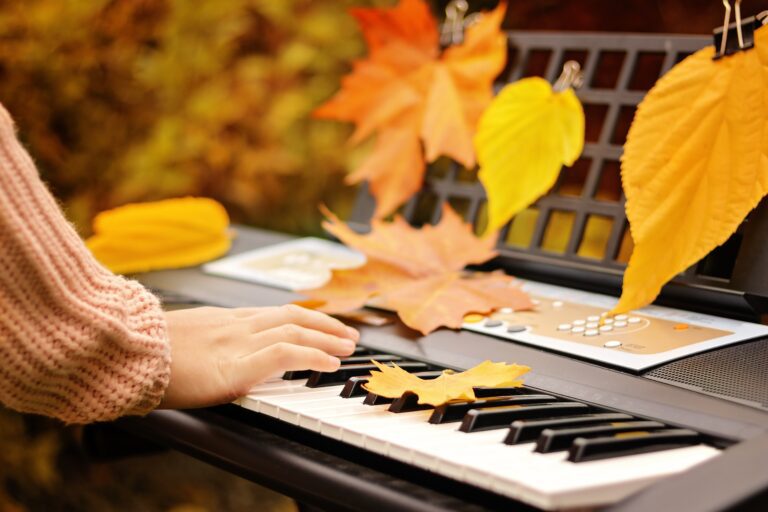
4. Gratitude in Musical Education
Incorporating gratitude into music lessons isn’t just inspirational — it’s transformative. Students who engage emotionally with their pieces develop stronger stage presence and deeper interpretive ability.
At The Mystic Keys, our educators often begin sessions with reflection:
- What are you thankful for today?
- Who inspired your love for music?
- What emotion do you want to express through this piece?
This simple practice sets the tone for meaningful learning. Students become more focused, expressive, and motivated — qualities that extend beyond music into everyday life.
We also encourage students to dedicate performances to people they’re grateful for. Whether it’s a parent, mentor, or friend, the act of playing in appreciation transforms music into an expression of love.

5. Iconic Gratitude Songs Throughout History
Gratitude in music is not new — it’s as old as music itself. Across centuries and cultures, artists have used melody and lyric to say “thank you” in different ways.
Classical Era
- Beethoven’s “Heiliger Dankgesang” — a moving expression of thankfulness after recovering from illness.
- J.S. Bach’s “Jesu, Joy of Man’s Desiring” — a musical offering of spiritual gratitude.
20th Century
- “Give Thanks” by Don Moen — a gospel favorite inspiring faith and appreciation.
- “My Wish” by Rascal Flatts — blending gratitude with hope and blessings for others.
- “The Best Day” by Taylor Swift — a sweet reflection on family and childhood memories.
Modern Era
- “A Thousand Thank Yous” by Hillsong Worship — a contemporary anthem of appreciation and devotion.
- “Thank You” by Dido — a tender reminder of the little moments that make life beautiful.
Each generation finds new ways to express gratitude through sound — proving that thankfulness never goes out of tune.

6. How Gratitude Changes the Way We Play
Musicians often talk about “playing with heart,” but gratitude gives that phrase real meaning. When a student approaches music with appreciation, they connect emotionally to the piece, and that emotion transfers directly to the audience.
Here are a few ways gratitude influences performance:
- Improved Focus: Thankfulness clears mental clutter and enhances concentration.
- Emotional Depth: Gratitude helps performers interpret music more sensitively.
- Confidence: When musicians appreciate their progress instead of chasing perfection, anxiety decreases.
- Connection: Grateful players often create more moving and memorable performances.
At The Mystic Keys, we encourage reflection after each practice session. Instead of asking, “What went wrong?”, we ask, “What am I proud of today?” This subtle shift nurtures positive growth and emotional maturity.
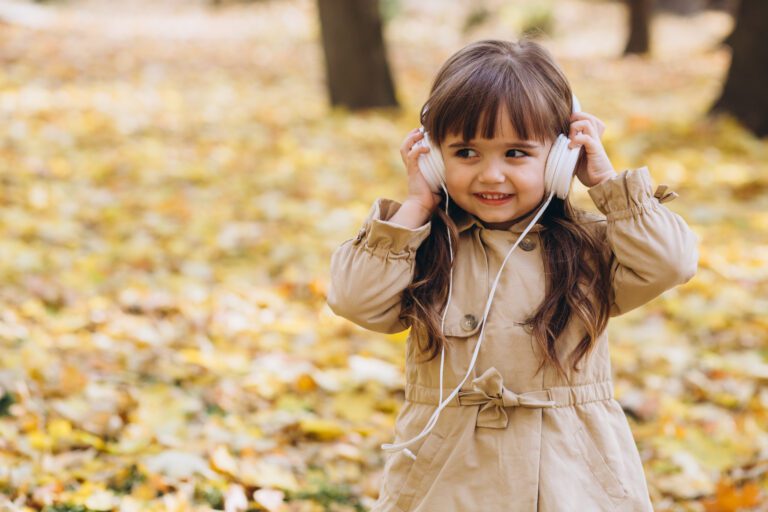
7. How to Bring Thankfulness Into Your Own Music
Incorporating gratitude into your own musical journey doesn’t require writing a chart-topping hit. Try these simple yet meaningful approaches:
Start your practice with intention. Before you begin, take a moment to appreciate the opportunity to make music.
Choose repertoire that uplifts you. Select pieces that speak to your heart or remind you of someone you cherish.
Reflect after you play. End your session by expressing silent gratitude — for your progress, your teachers, or even the challenges that help you grow.
Collaborate and share. Performing songs that celebrate thankfulness with others can amplify the emotion and build stronger bonds within your musical community.
8. The Role of Gratitude in Group Performance
Gratitude shines brightest when shared. In group performances, such as choirs, orchestras, or band ensembles, appreciation fosters unity. When musicians acknowledge one another’s contributions, the entire group’s sound improves.
At The Mystic Keys, our ensemble lessons emphasize collaboration and appreciation. Students learn to:
- Listen actively to one another.
- Celebrate small achievements as a team.
- Express gratitude to instructors and fellow performers.
This sense of collective thankfulness strengthens not only performance quality but also the bonds between musicians.
9. Mindful Practices to Deepen Gratitude in Music
Gratitude doesn’t need to be confined to special occasions — it can become a part of everyday musical life. Here are ways to make it a consistent part of your journey:
- Start with reflection: Before practice, take a deep breath and think of something you’re grateful for.
- Express through melody: Choose pieces that evoke warmth or thankfulness.
- Dedicate a song: Perform for someone who has impacted your life positively.
- Write about your music: Keep a gratitude journal about your growth as a musician.
- Teach through thankfulness: Encourage peers or students to play with empathy and appreciation.
The Mystic Keys’ approach combines emotional awareness with technical precision — helping each student not only play better but feel better through their art.
Music as a Universal Language of Gratitude
Gratitude in music transcends culture and language. From Indian devotional songs to gospel choirs and folk ballads, the spirit of thankfulness appears everywhere. At The Mystic Keys, we often introduce students to global traditions that express gratitude through rhythm and melody — helping them see that music is not just performance, but a universal act of appreciation.
Conclusion: Gratitude as a Lifelong Melody
Songs that celebrate thankfulness remind us to see beauty in every note, every moment, and every connection we share. As musicians, gratitude keeps us grounded and inspired — turning every performance into an act of appreciation.
At The Mystic Keys, we encourage students to use music not only as a skill but as a language of gratitude. Because when we play with thankfulness in our hearts, we don’t just make music — we make the world a little brighter.
Intersted in learning music with us? Register now
For more information and exciting resources about learning music, visit our website at The Mystic Keys. For more music content and exciting offers follow us on
Facebook, Instagram, YouTube, LinkedIn, Twitter, Pinterest, and Threads.


